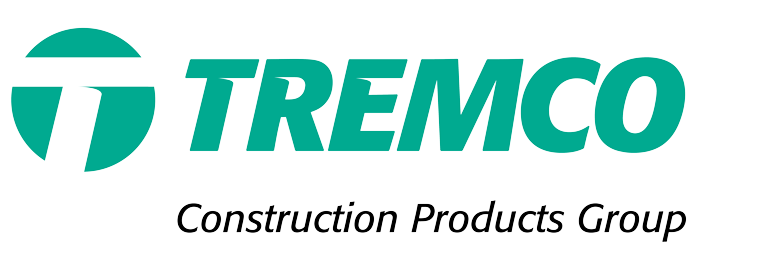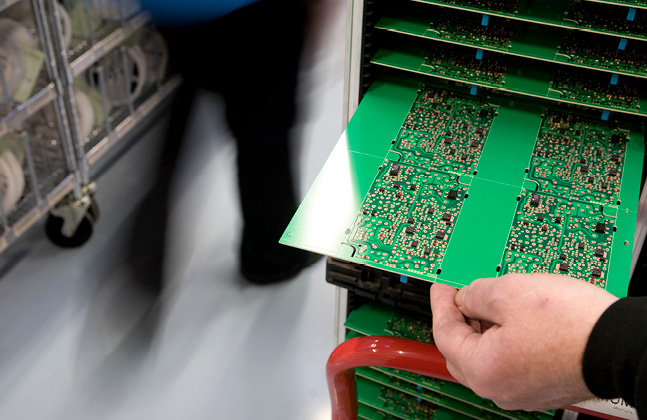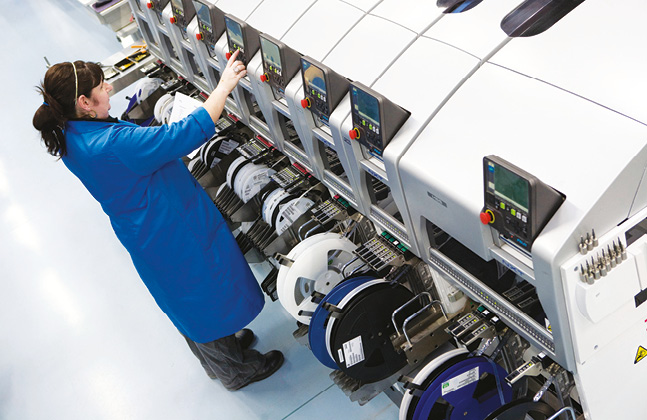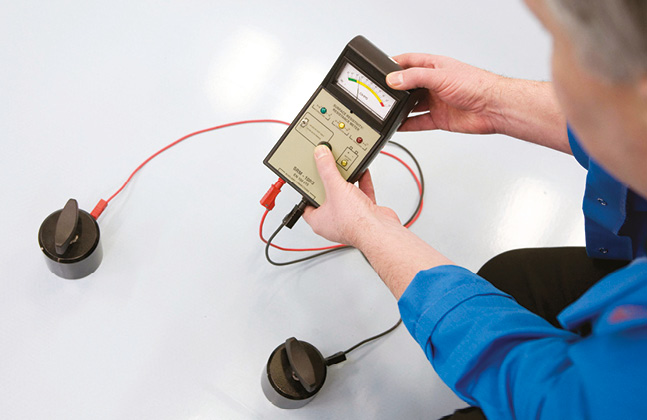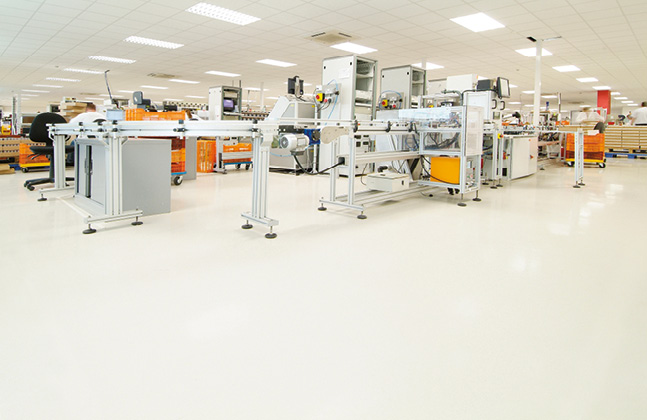New White Paper Details Antistatic Flooring for the Electronics Industry
30 May 2019
- Flowcrete Asia’s new white paper has been created to help the electronics industry learn more about antistatic flooring
- Electro-static discharges are a significant problem, as they can easily damage electrical components
- Floors that actively remove static electricity from a person are vital to protect sensitive electronics
The resin flooring manufacturer Flowcrete Asia has created a white paper entitled How Antistatic Flooring Protects Against Damaging Electro-Static Discharges in order to help the electronics industry understand how specialist floors can help keep products safe and secure.
While viruses and physical impacts might seem like a more immediate threat, the new white paper explains how sensitive circuitry can just as easily be ruined by a single touch from one statically charged finger. In fact, the electronics manufacturing industry loses significant sums of money every year in damaged goods and broken equipment.
Many components can be destroyed by a discharge of only 300 volts, however one person walking across the floor can quickly generate up to 3,000 volts! This voltage is built up through a process called triboelectric charging, which is when someone moves on a floor and builds up a negative charge.
If the charge is large enough, then when an earthed object nears the charged object the charge will jump through the air to go to earth. This results in a spark, which if a person is the earthing object will be experienced as a mild static shock, however if it is a piece of equipment that the charge has gone through then it could just have been damaged.
How an Anti-Static Floor Works
To avoid this problem, anti-static floor finishes can be installed that actively removes any charge being built up in a person and safely takes it away to an appropriate earthing point.
Flowcrete Asia’s new white paper explains how anti-static floors are ordered into categories depending on how quickly electricity can move through them, a property which is measured in ohms. Surfaces with the least resistance are defined as conductive, dissipative floors allow electricity to flow through at a controlled speed and the most resistant floors are called insulative.
Anti-static floors work by incorporating specialist conductive materials that take away any charge a person has built up as soon as their foot comes into contact with the coating. This contact kicks off a chain reaction that results in the charge being safely removed down through the floor.
Next, the charge hits a conductive primer that has been filled with carbon to ensure a very low level of resistance. Finally, the charge goes into a copper tape buried under the floor coating which is connected to a safe earthing point.
It’s important to bear in mind that this is an ideal scenario. For example, it is possible to create a floor that removes static charge without using copper tape, however it won’t be as conductive as a floor that does.
Earthing Points
One thing that the floor definitely needs is an earthing point, without this the floor cannot be considered anti-static, as charges that go into it will simply build up. In practise an earthing point is usually a highly conductive metal rod driven deep into the building’s slab, however other options could include using the building’s steel beams or using a plug socket.
Typically, one earthing point per 200 square meters should be sufficient, but the exact requirements need to be specified by an electrical engineer to ensure that the resistance measurements are appropriate.
To determine if the floor is up to the task at hand, its electrical resistance should be tested at each stage of the application. The BS EN 61340-5-1 standard includes a method for determining the resistance of a floor through point to point conductivity testing.
Making sure that a floor finish meets a site’s anti-static needs requires an understanding of the location’s operational activity, how the floor build up works to remove this threat as well as the role that other factors such as testing and personnel clothing play.
To get a full picture of all of these factors and how they interact, it is important to talk through the flooring specification and materials with the manufacturer and contractor to ensure that the final coating will provide the required standard of conductivity.
To find out more about antistatic flooring for the electronics industry, download the new white paper today by clicking here or going to the Sales Resources section of www.flowcreteasia.com. To discuss a specific anti-static flooring project in more detail, get in touch with Flowcrete Asia’s expert team today.
ENDS
Enjoy this post? Click below to share it with your network:
Press Contact
For Flowcrete Asia’s contact details please visit www.flowcreteasia.com/contact-us or email [email protected].
Notes to Editors
Flowcrete is a world leader in the manufacture of seamless industrial and commercial resin floor, wall and coving solutions as well as other specialist coating technologies. Flowcrete Asia is now part of Tremco Construction Products Group.
Tremco Construction Products Group APAC has served as the benchmark for excellence and quality products since our first entry of our brands into the Asia Pacific market in 1984. Our commitment to serving our clients in a variety of areas with innovative and strategic technology products has allowed us to consistently grow for over 30 years. As of 2020, we have established a strong business presence in countries including Australia, Singapore, Malaysia, Indonesia, South Korea, Japan, Taiwan, China, Vietnam, Philippines, Myanmar and Thailand.
Tremco Construction Products Group APAC is a subsidiary of Tremco Inc. based in Cleveland, USA. Our product lines include high-performance silicone and urethane joint sealants, waterproofing membranes, drainage protection, air barrier systems, deck coatings, expansion joints, a full line of passive fire protection systems, and the industry’s only comprehensive line of glazing systems including silicone sealants, tapes, gaskets, and setting blocks. Tremco CPG APAC brands include Tremco, illbruck, Flowcrete, Vandex, Nullifire, Dryvit, Nudura and Euclid Chemical.
For further information please contact [email protected]
Or visit us on the web at www.tremcocpg-asiapacific.com
